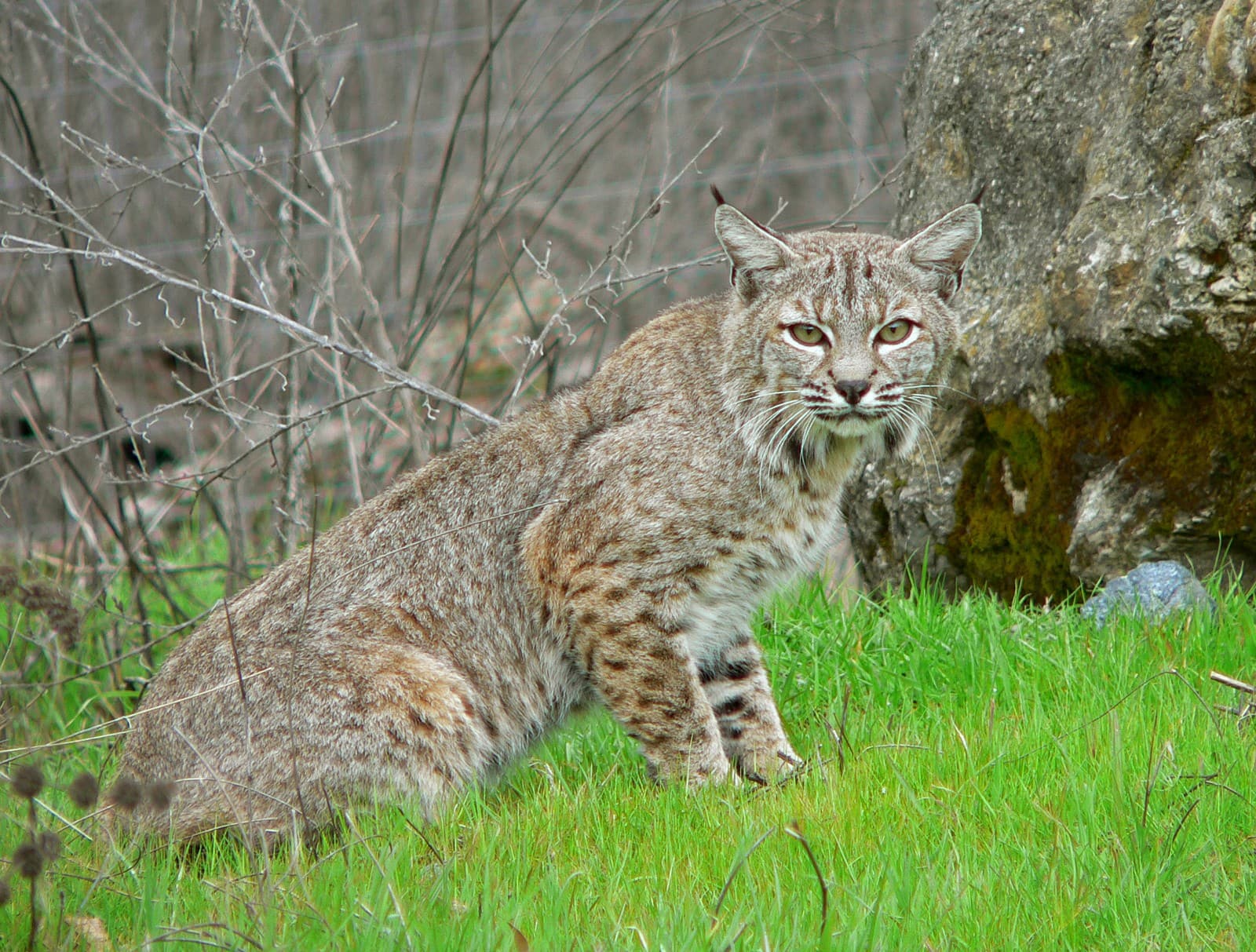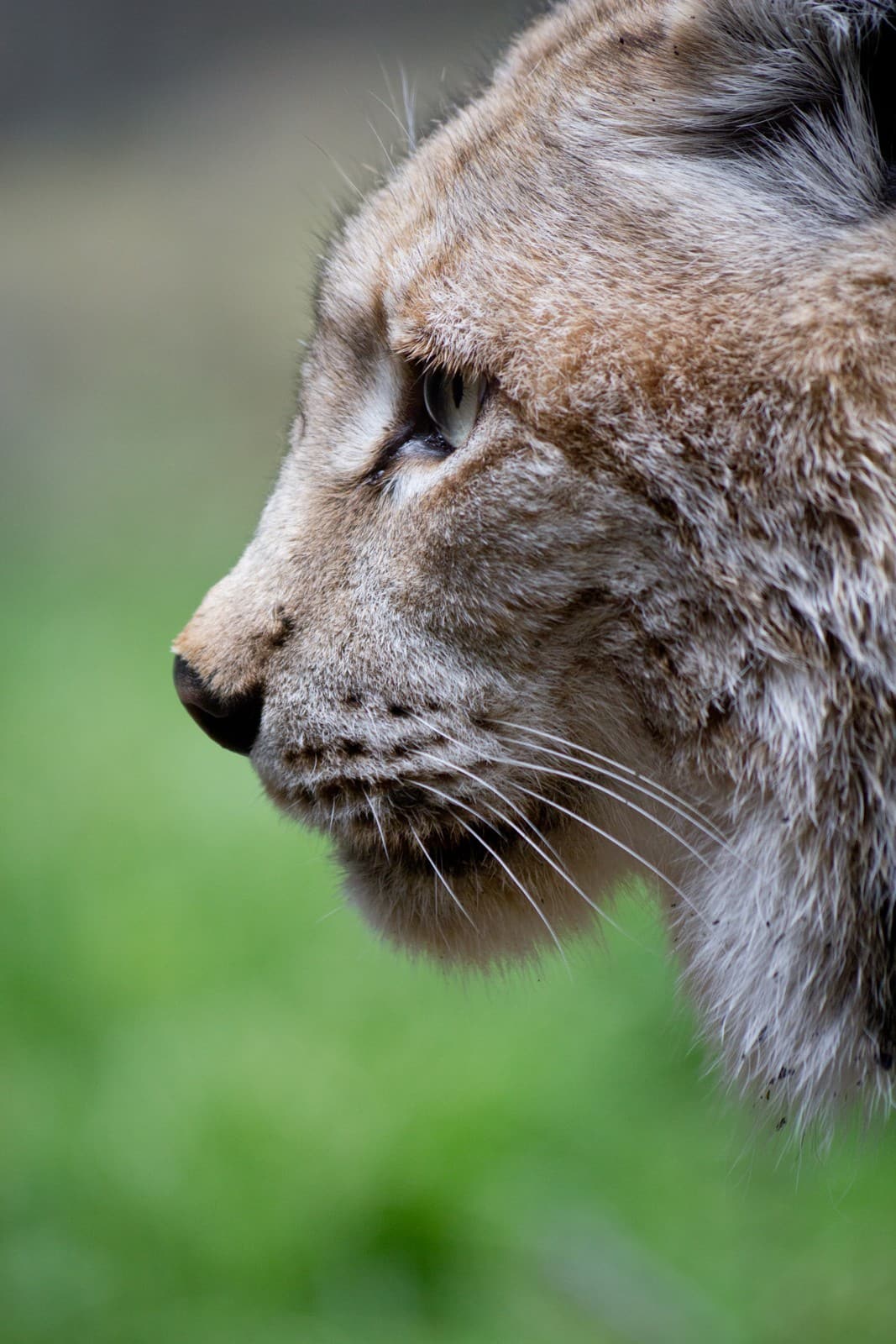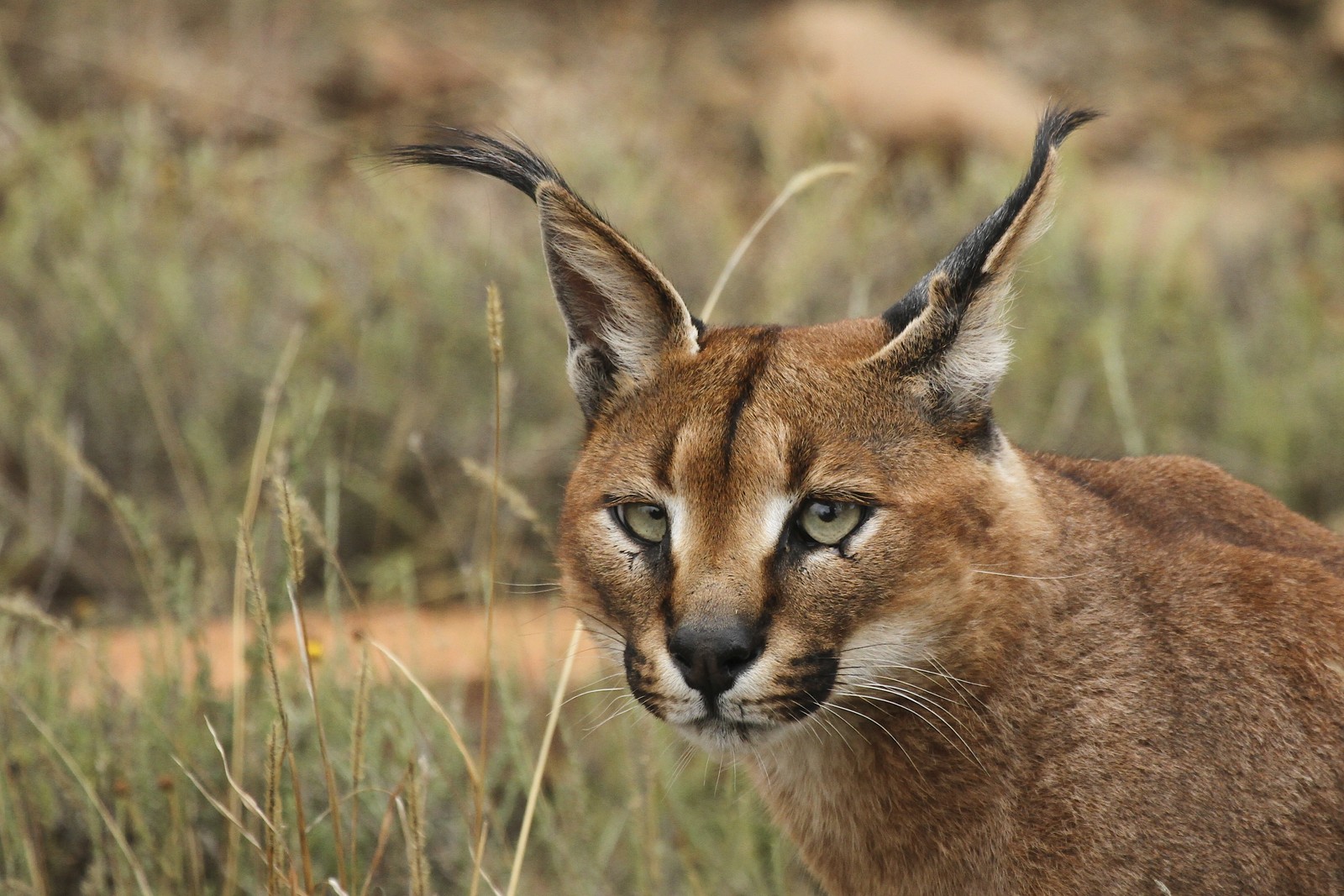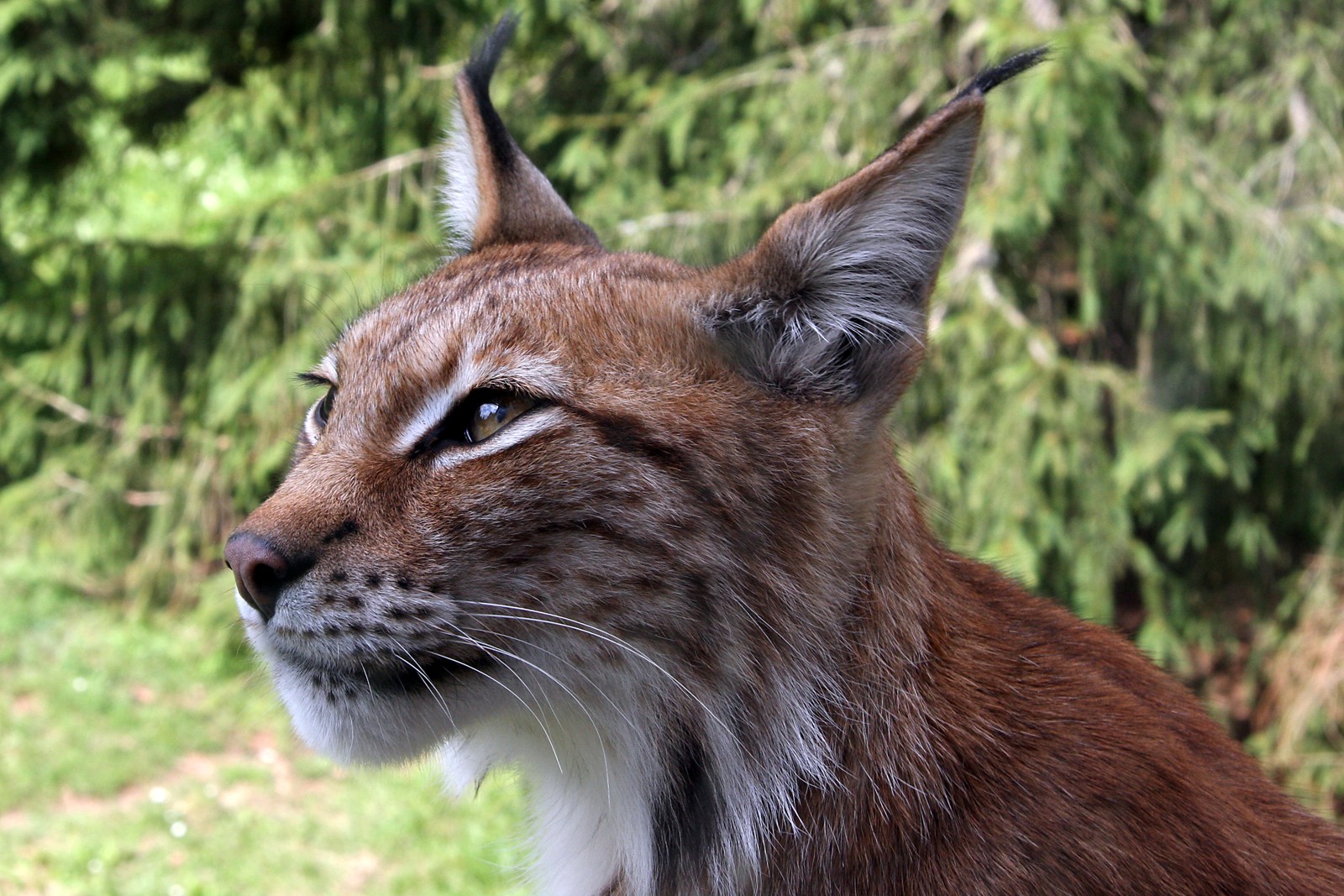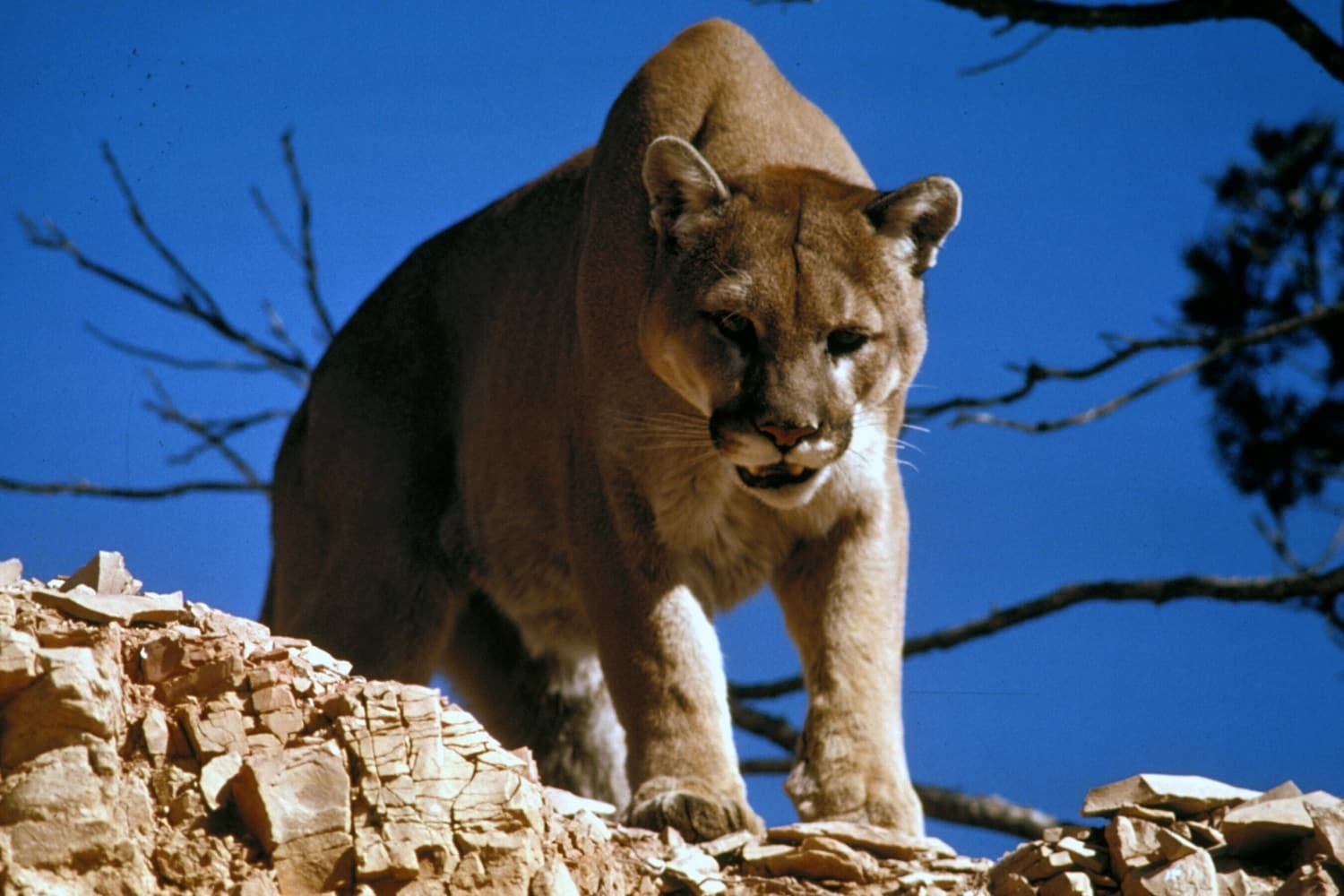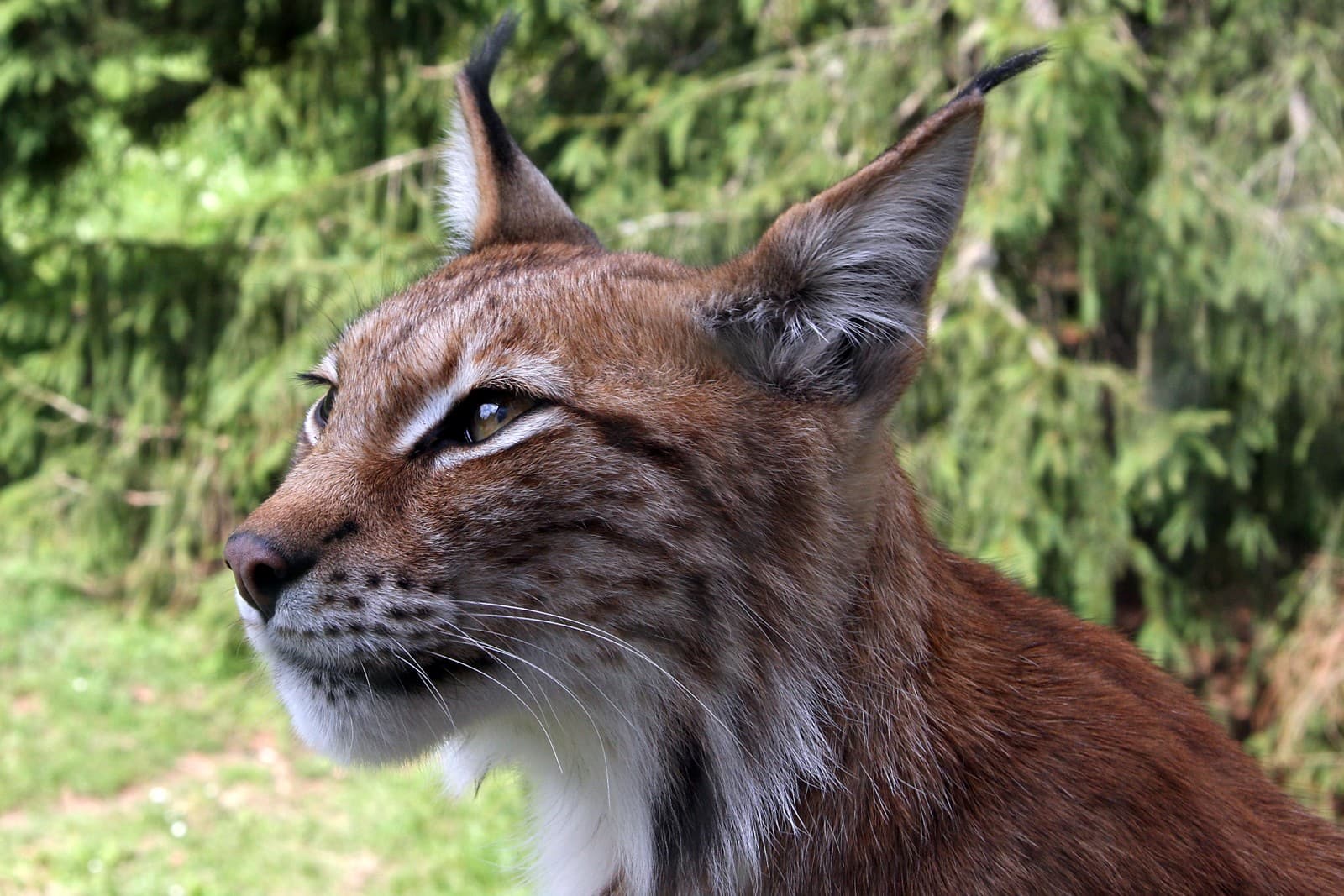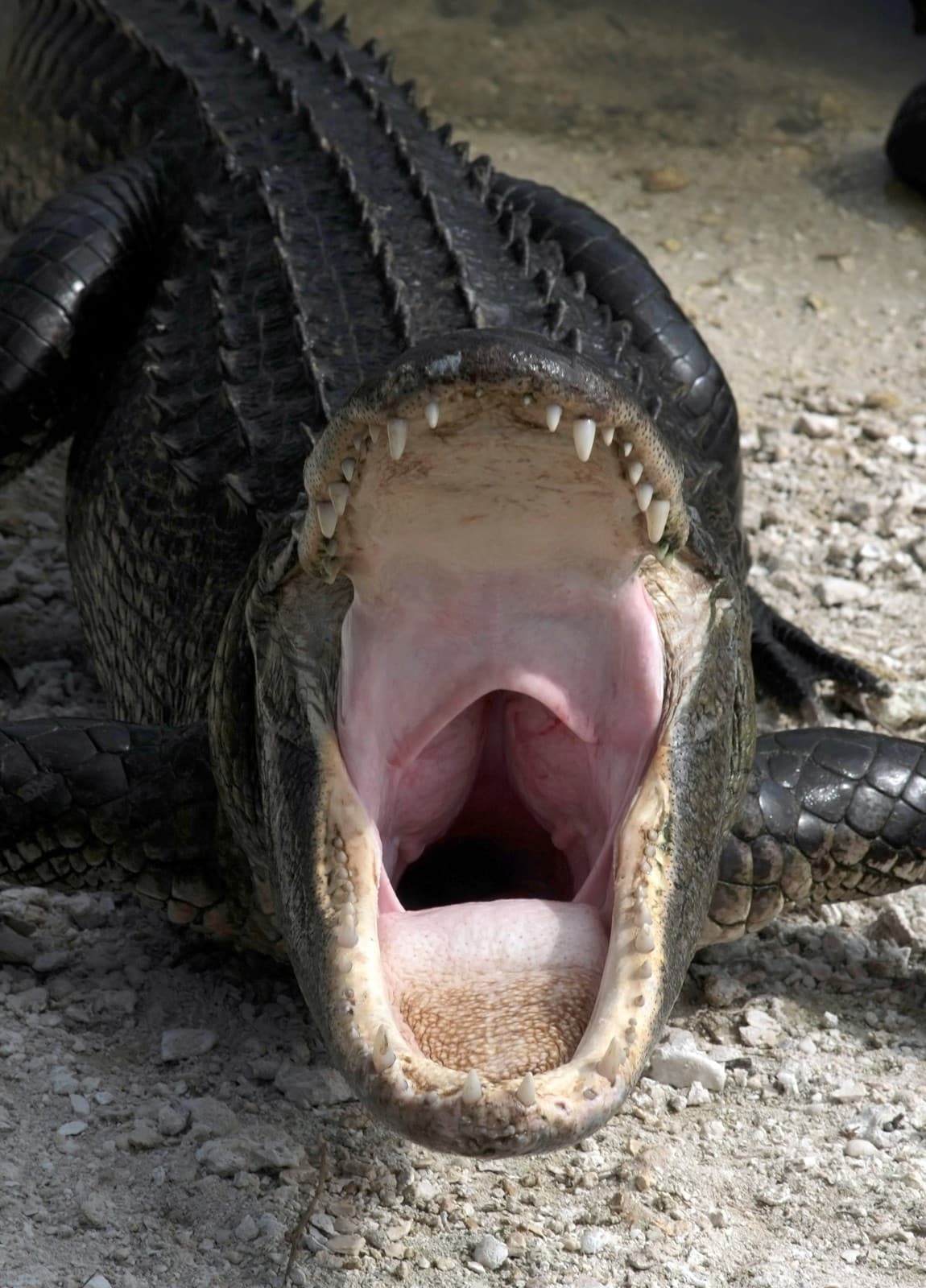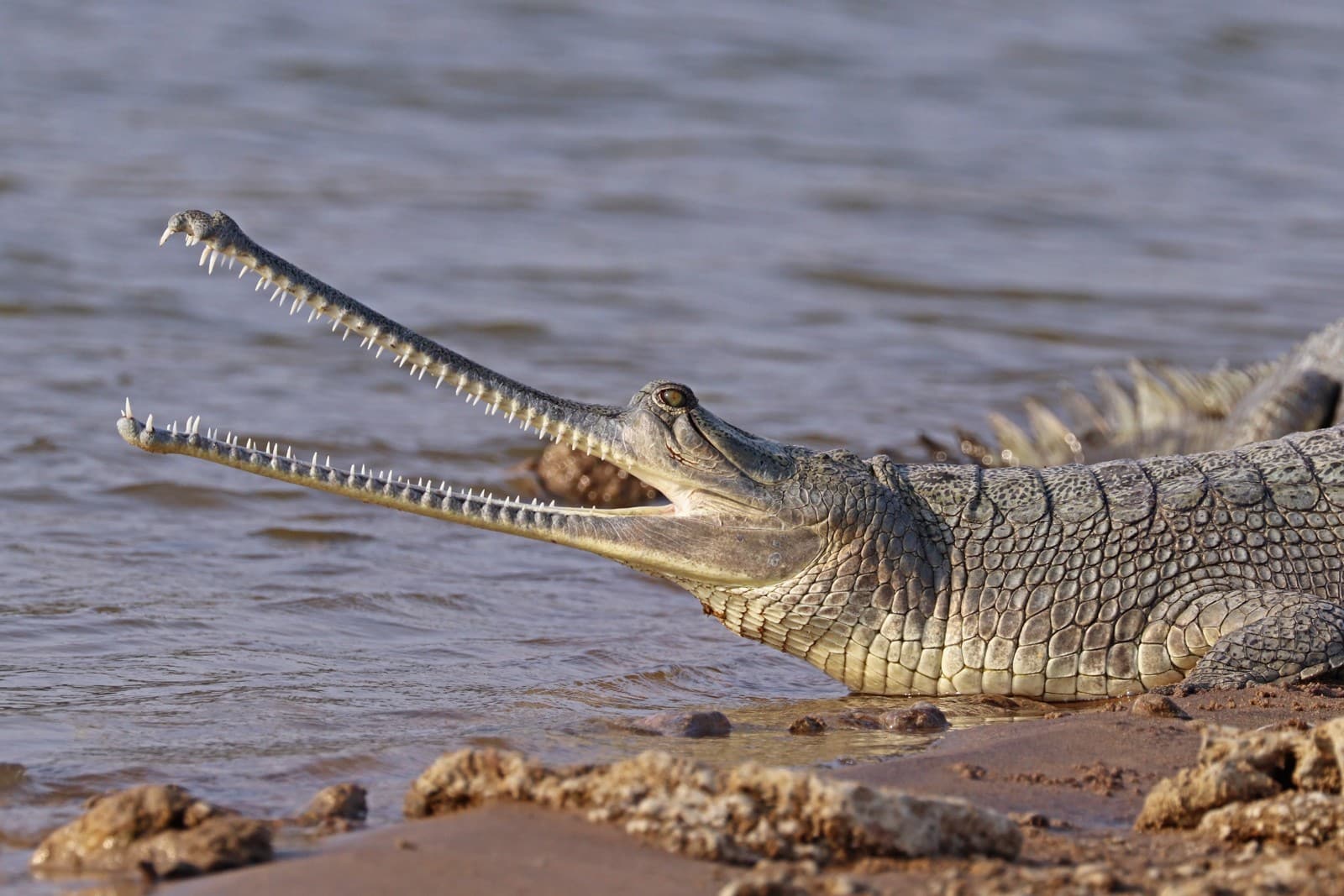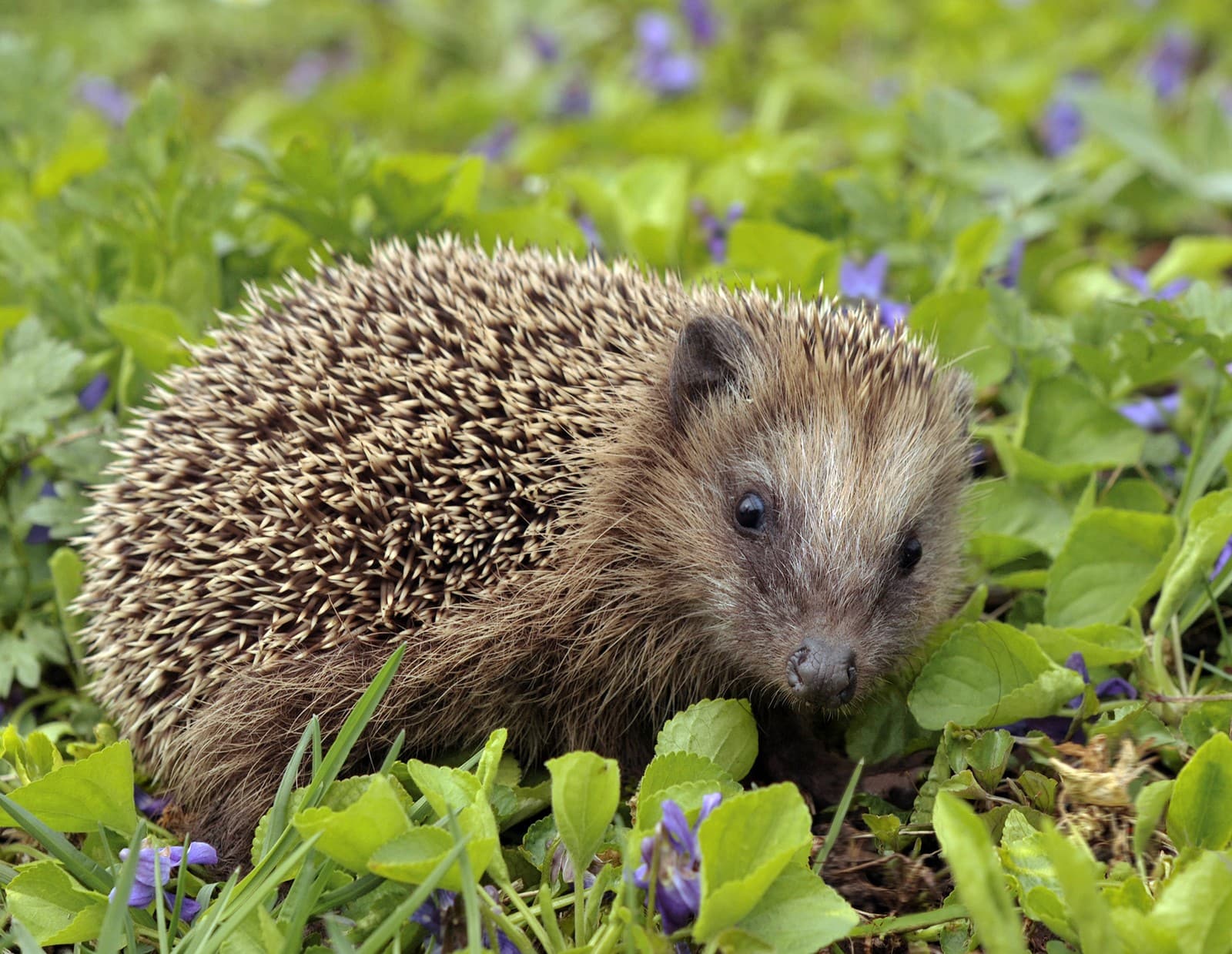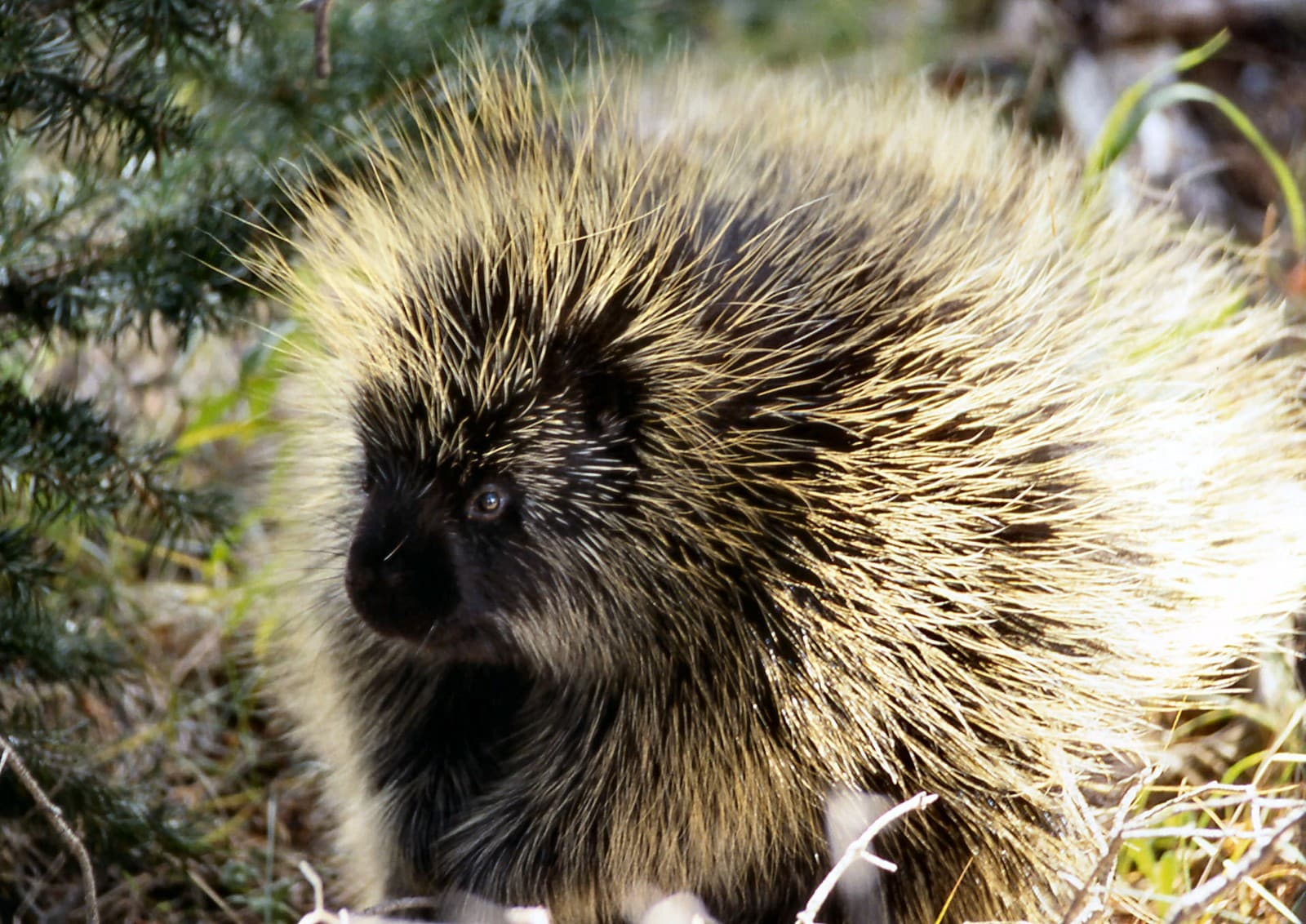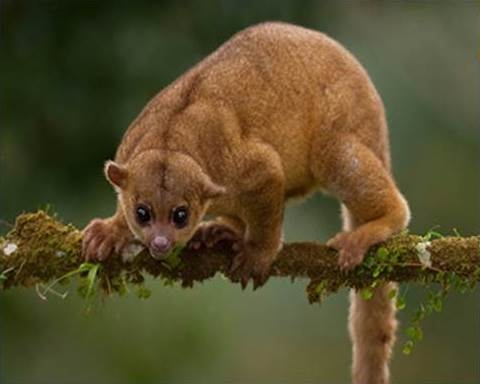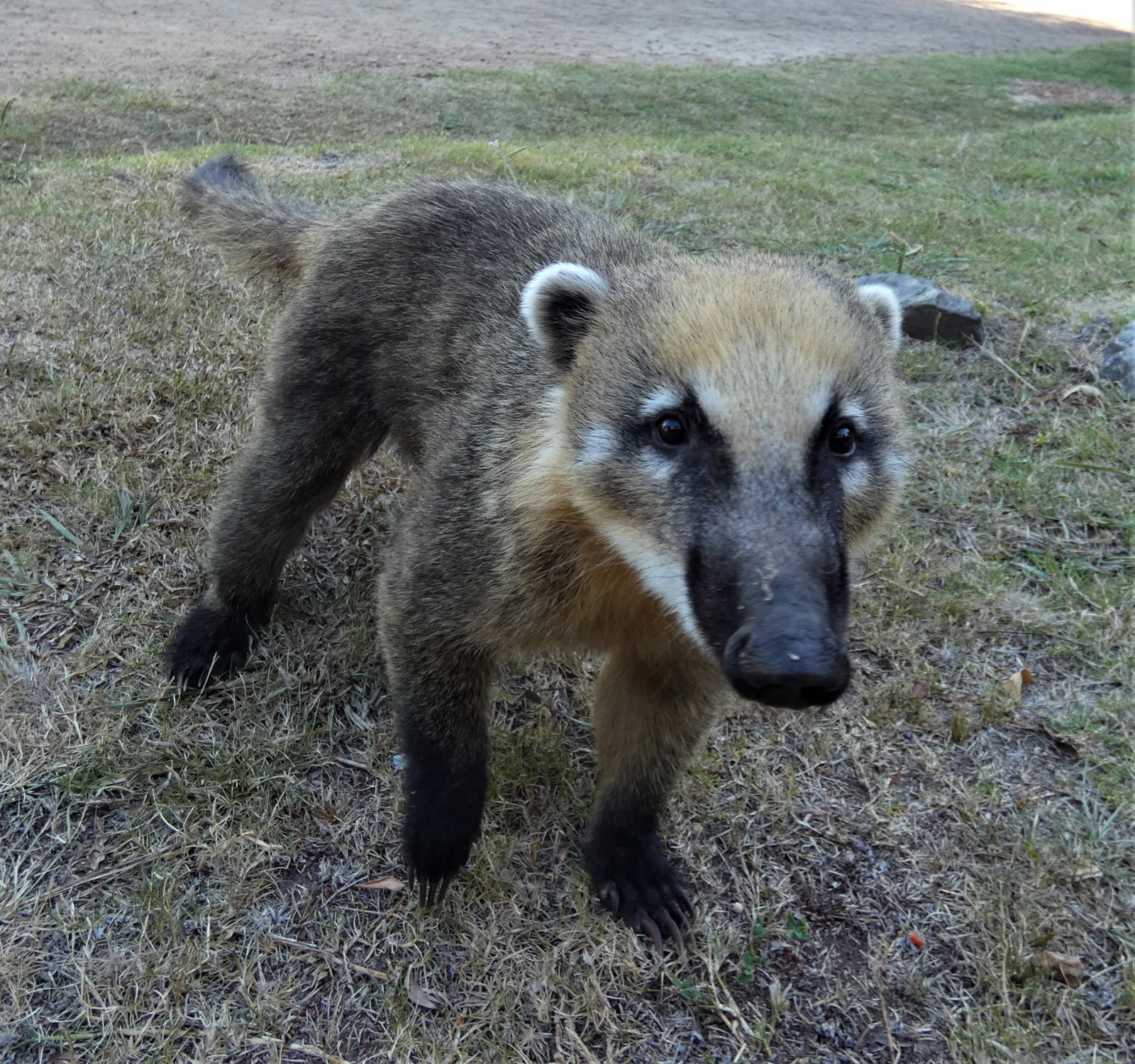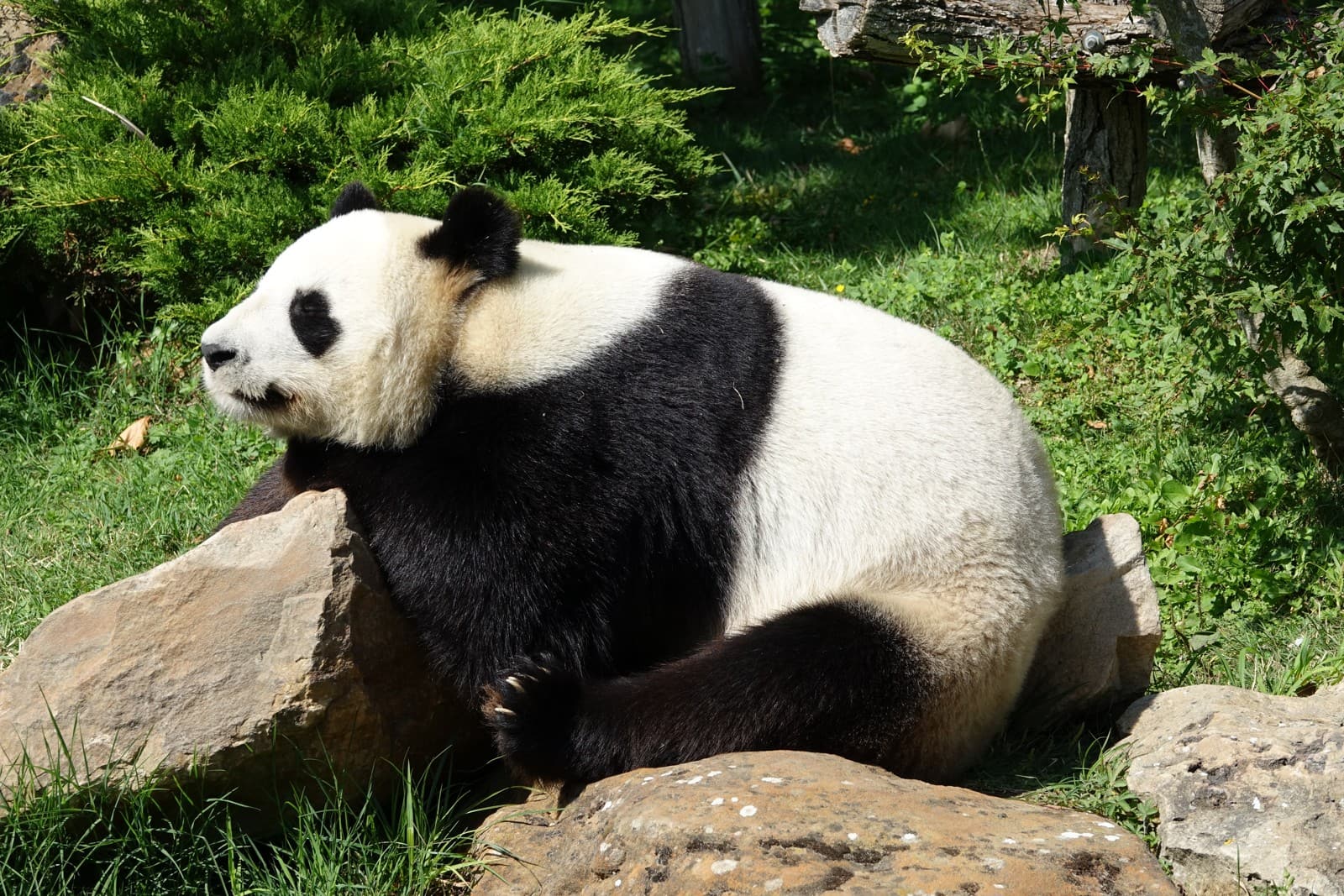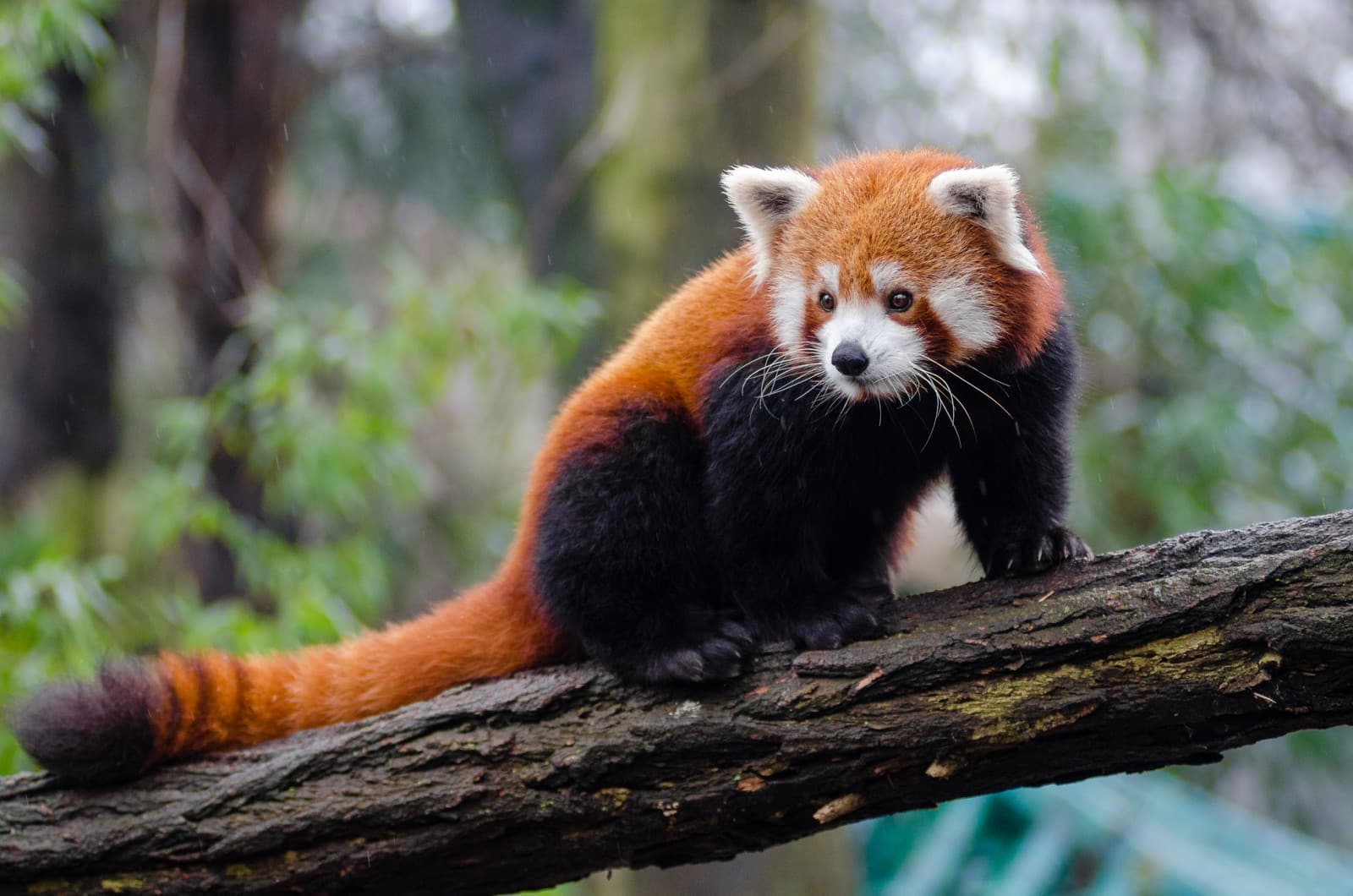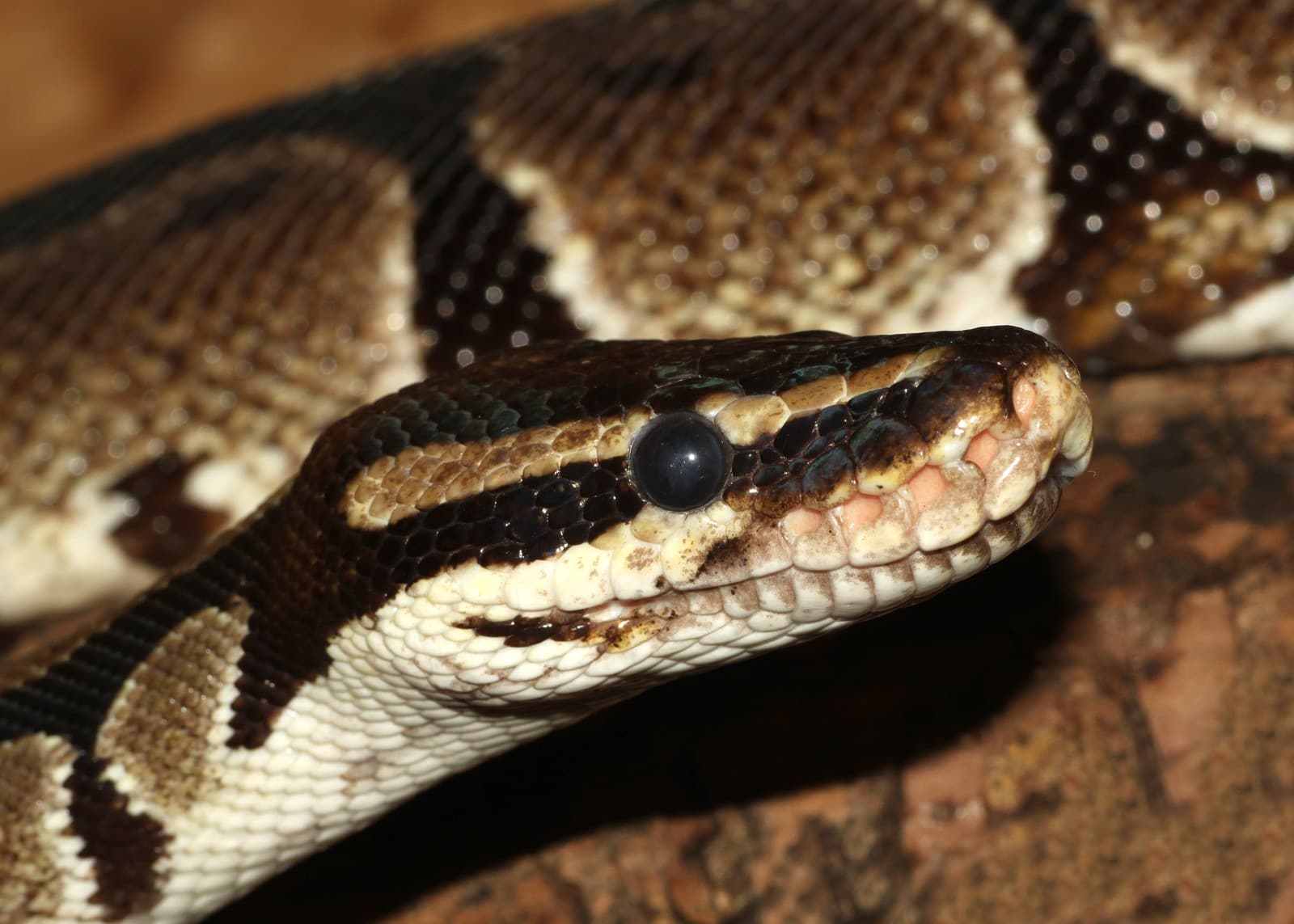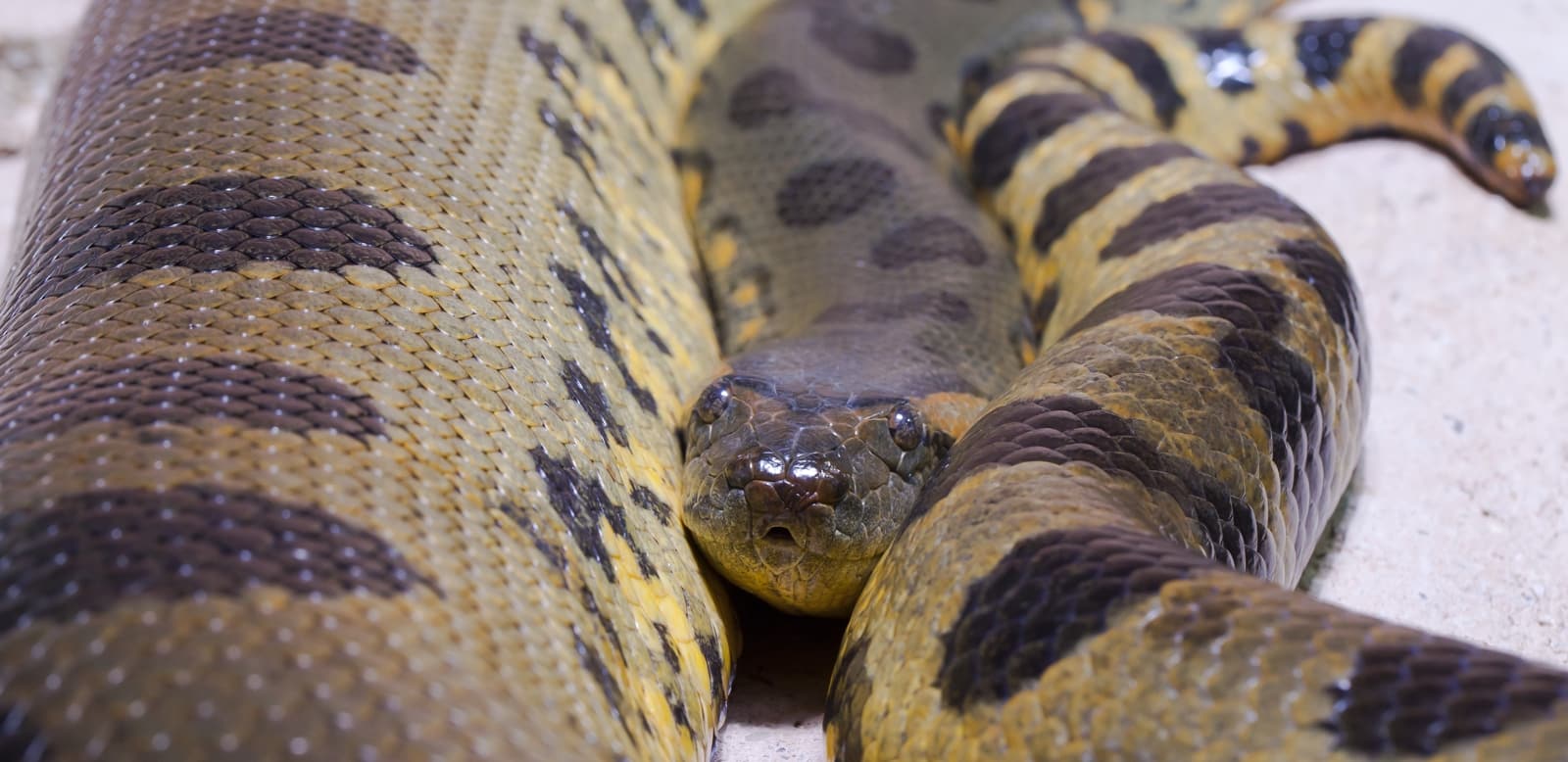Lynx vs Bobcat: A Complete Comparison
While Lynx and Bobcat species share a close genetic relationship, these wild cats exhibit distinct differences in size, habitat preference, and hunting behavior. The Lynx, particularly the Eurasian Lynx, stands significantly larger at 32-40 inches (81-102 cm) in length and weighs 22-66 pounds (10-30 kg), while Bobcats measure 26-41 inches (66-104 cm) and typically weigh 11-30 pounds (5-14 kg).
Perhaps the most striking distinction between these wild cats lies in their physical adaptations. Lynx possess notably longer ear tufts, larger snowshoe-like paws, and longer legs compared to their Bobcat cousins. These features reflect their evolutionary specialization for hunting in deep snow and colder climates.
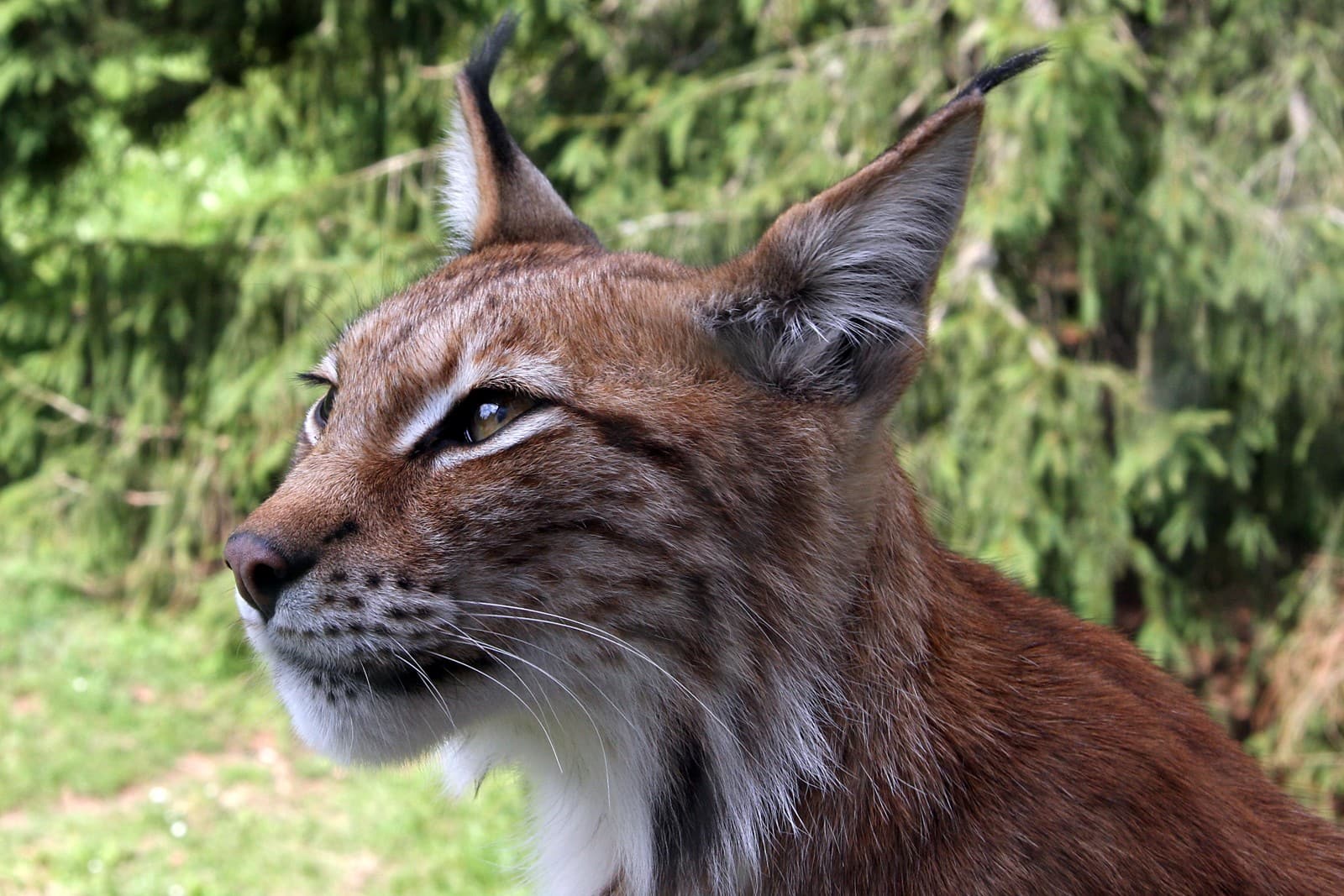
The Eurasian Lynx exemplifies the distinctive features of its genus, including prominent ear tufts and a robust build adapted for cold-climate hunting. Note the characteristic facial ruff and powerful neck muscles that aid in taking down larger prey.
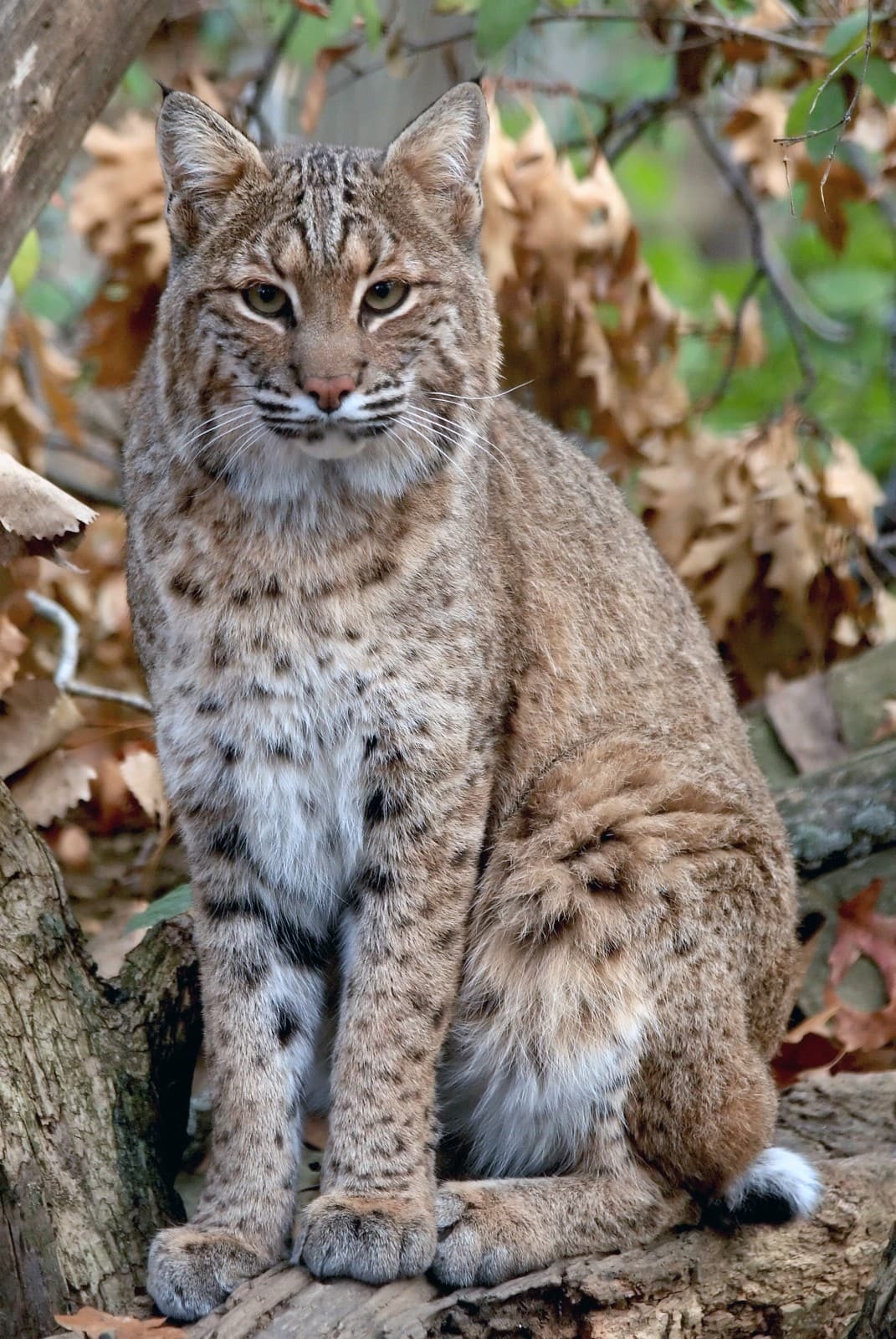
The Bobcat displays its characteristic spotted coat pattern and more compact build, suited for diverse habitats from forests to deserts. Their smaller size and adaptable nature have helped them thrive across varied North American ecosystems.
Key Physical and Behavioral Differences
| Feature | Lynx | Bobcat |
|---|---|---|
| Size | 32-40 inches (81-102 cm) | 26-41 inches (66-104 cm) |
| Weight | 22-66 pounds (10-30 kg) | 11-30 pounds (5-14 kg) |
| Ear Tufts | Longer, up to 2 inches (5 cm) | Shorter, under 1 inch (2.5 cm) |
| Paw Size | Larger, snowshoe-like | Smaller, more compact |
| Preferred Prey | Primarily snowshoe hares | Various small mammals |
| Habitat Range | Northern forests, tundra | Diverse environments |
Habitat and Distribution
Lynx species predominantly inhabit northern boreal forests and tundra regions, with ranges extending across Canada, Alaska, and northern Eurasia. Their specialized adaptations, including large paws and thick fur, make them particularly suited for snowy conditions and cold climates.
Bobcats demonstrate remarkable adaptability, thriving in diverse environments from southern Canada to central Mexico. These versatile predators can be found in forests, deserts, mountains, and even suburban areas, showcasing their exceptional ability to adapt to various ecosystems.
Hunting Behavior and Diet
Lynx Hunting Strategies
Lynx species have evolved as specialists, primarily targeting snowshoe hares which constitute up to 90% of their diet in many regions. Their longer legs and large paws enable efficient pursuit of prey through deep snow, while powerful hind legs facilitate impressive leaps of up to 25 feet (7.6 meters).
Bobcat Hunting Patterns
Bobcats exhibit more generalist hunting behavior, successfully pursuing a varied diet including rabbits, rodents, birds, and occasionally deer. Their smaller size and agile nature allow them to hunt effectively in dense undergrowth and varied terrain.
Who Would Win in a Confrontation?
While direct confrontations between Lynx and Bobcats rarely occur due to separate geographical ranges, the larger size and greater strength of the Lynx, particularly the Eurasian Lynx, would likely give it an advantage in any potential encounter. However, both species typically avoid confrontation with other predators, focusing instead on their preferred prey.
Conservation Status and Threats
Both species face challenges from habitat loss and human encroachment, though Bobcats have shown greater resilience in adapting to human-modified landscapes. The International Union for Conservation of Nature (IUCN) currently lists both species as “Least Concern,” though local populations may face specific threats requiring targeted conservation efforts.
Interesting Adaptations and Features
- Lynx can detect movement at distances up to 250 feet (76 meters) in low light conditions
- Bobcats possess excellent climbing abilities and can swim when necessary
- Both species feature retractable claws and specialized toe pads for silent stalking
- Their distinctive ear tufts act as natural antennae, enhancing their ability to detect prey
Through millions of years of evolution, these remarkable wild cats have developed unique adaptations that allow them to thrive in their respective niches, demonstrating nature’s incredible capacity for specialization and adaptation.
